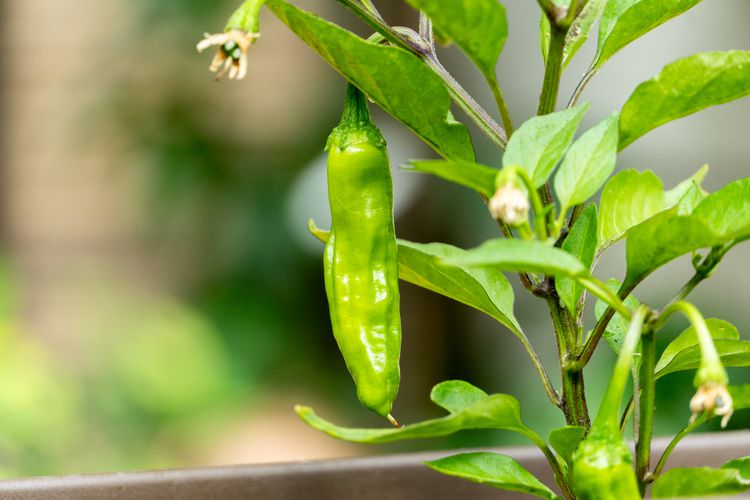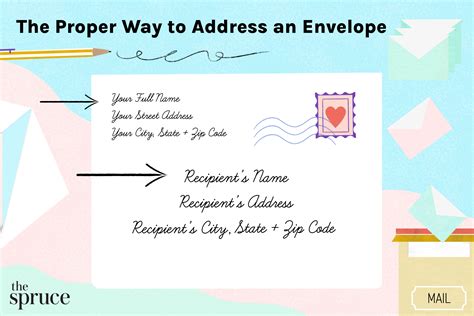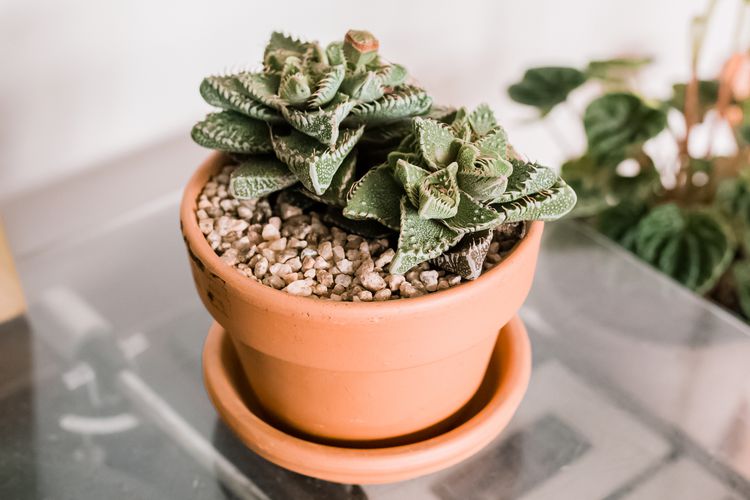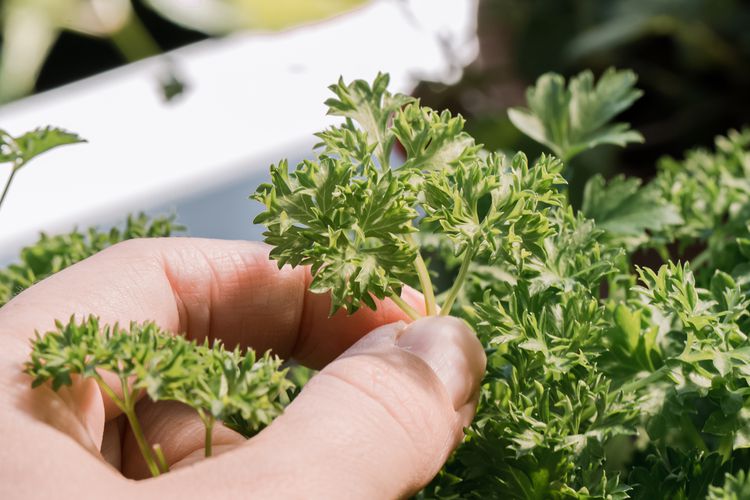
Featuring vibrant green foliage and a crisp taste, parsley is an essential herb to cultivate. To ensure your plants remain fruitful and thriving, it’s important to understand the proper techniques for harvesting parsley and to refrain from overharvesting, as this can lead to stress and hinder the plant’s growth.
Whether you cultivate parsley from seeds or young plants, this guide will assist you in timing your parsley harvest just right.
Discover the proper techniques for harvesting parsley to ensure your plants thrive and your kitchen is filled with vibrant, fresh herbs.
The Optimal Time for Harvesting Parsley
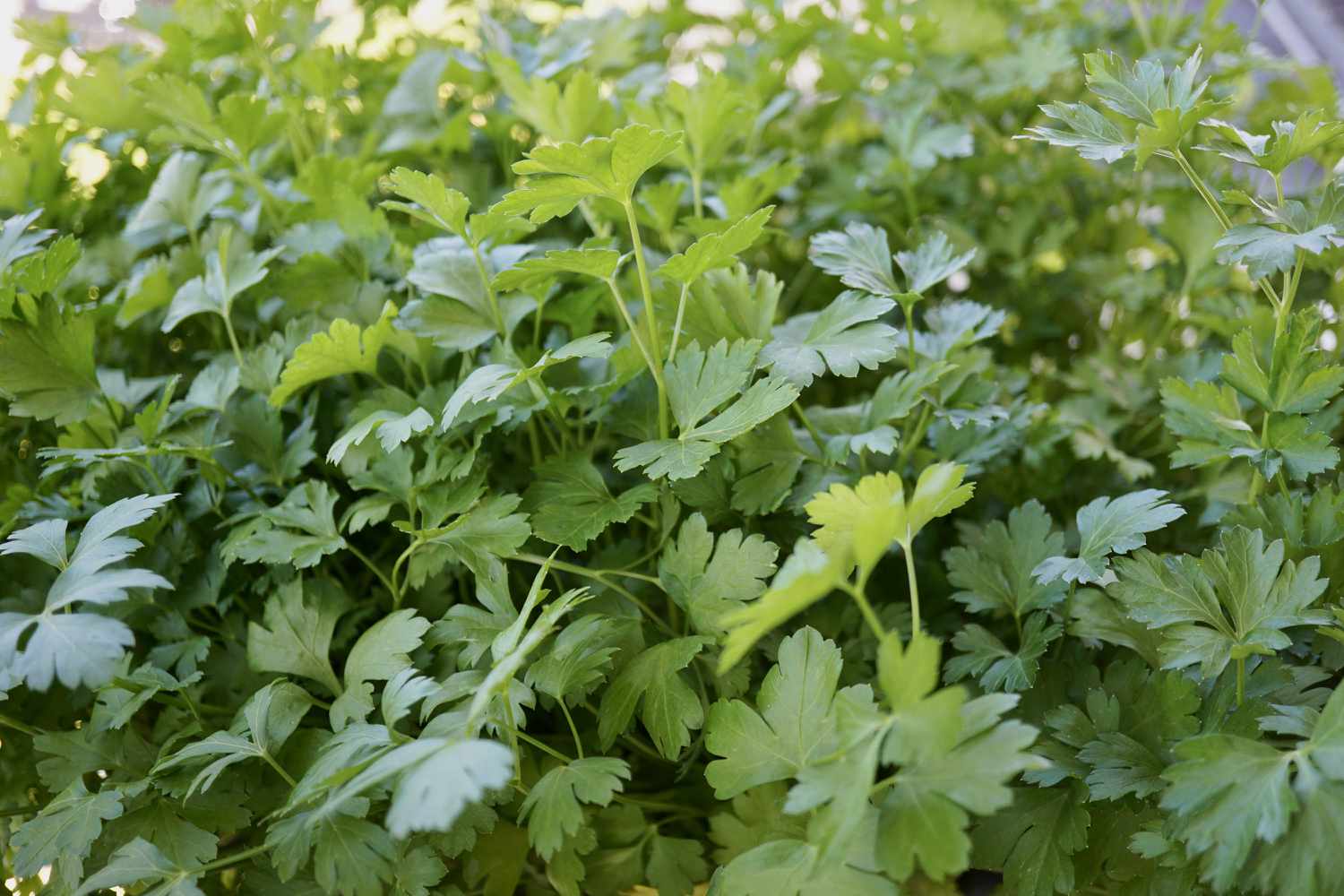
Parsley is usually collected from spring to autumn, either by cutting it back to encourage regrowth or by gathering larger amounts for preservation through freezing or drying. Nonetheless, when cultivated in pots indoors, parsley can also be harvested during the winter months.
Parsley is a rapidly growing and versatile herb that thrives in container gardens or spacious herb beds. You can begin harvesting parsley just 70 days after planting the seeds, and if you start with nursery-grown plants, you can enjoy a harvest even sooner.
Be aware that picking parsley too soon can harm the plant’s health. It’s advisable to wait until the plants reach a height of at least 6 inches and develop well-formed leaves that have a minimum of 3 segments before you begin harvesting.
Looking for additional gardening advice? Subscribe to our complimentary gardening newsletter to receive our top cultivation tips, problem-solving tricks, and much more!
The Proper Technique for Harvesting Parsley
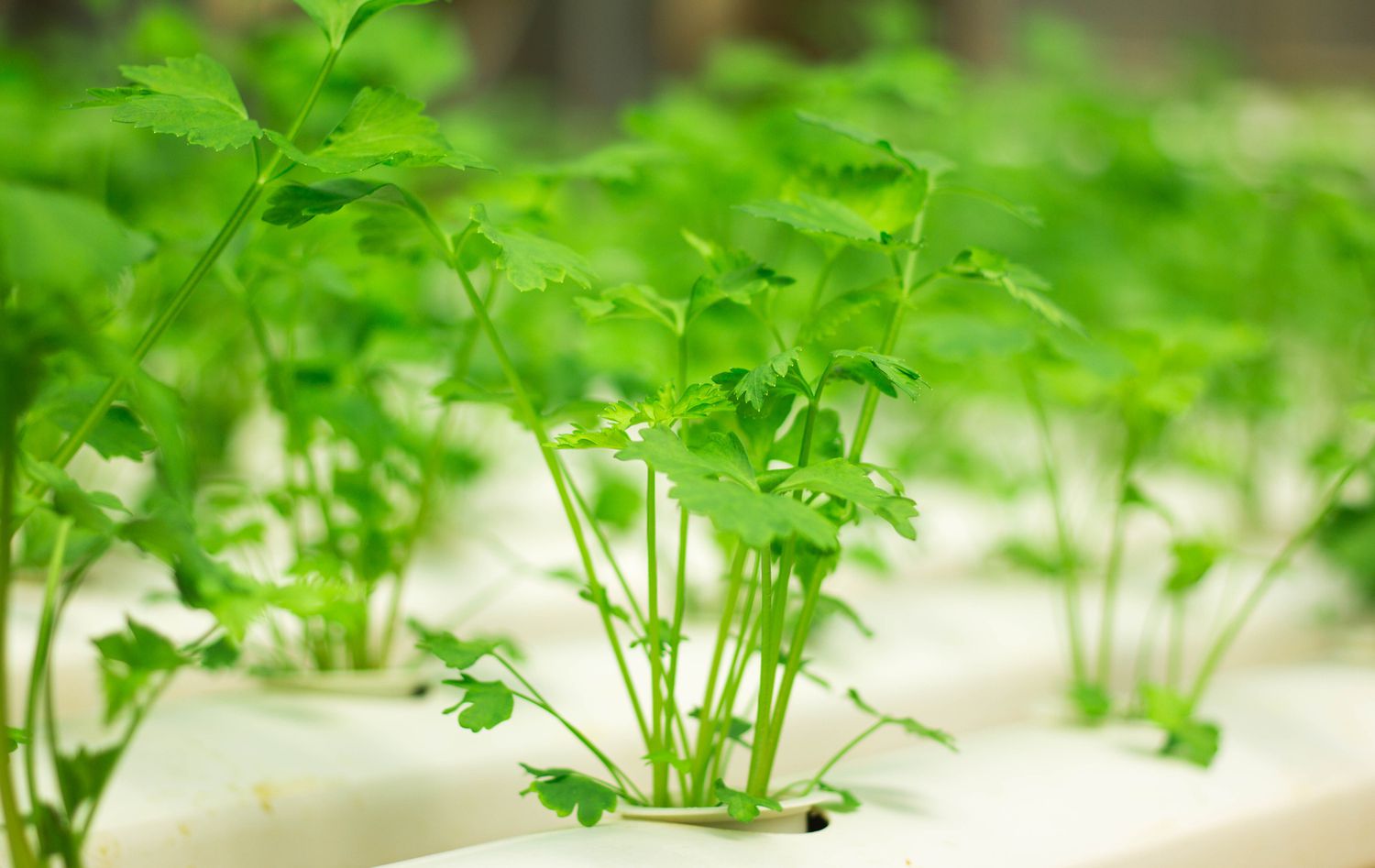
- Gather parsley in the morning hours. While it is possible to harvest parsley at any time throughout the day, the optimal time for the best flavor is in the morning, before the sun reaches its peak. During this time, the leaves hold the greatest concentration of aromatic oils.
- Trim or snap off whole stems. Use one hand to collect the parsley stems you wish to pick, then either cut or snap them off just above the soil level using your fingers or a sharp pair of kitchen scissors. Removing the whole stem will help the plants rejuvenate and promote fresh growth.
- Begin by harvesting the leaves from the outer edges of the parsley plant. Since new growth occurs in the center, this method not only rejuvenates the plant’s appearance but also helps in utilizing the older leaves before they spoil.
- Avoid excessive harvesting. When it comes to young parsley plants, it’s best to trim only a few stems at a time. For more mature plants, you can be a bit more liberal with your harvesting, but be sure not to remove more than one-third of the plant in a single session.
- Parsley is a rapidly growing herb that can be picked multiple times during the season as required for various dishes. Once established, the plants can be harvested daily in modest amounts. However, if you take a significant number of stems at once or if you are harvesting from younger plants, it’s advisable to allow a week or two for the plants to recuperate. Keep in mind that regular harvesting promotes the growth of additional leaves in parsley plants.
Tips for Sustaining Parsley Growth for Many Years
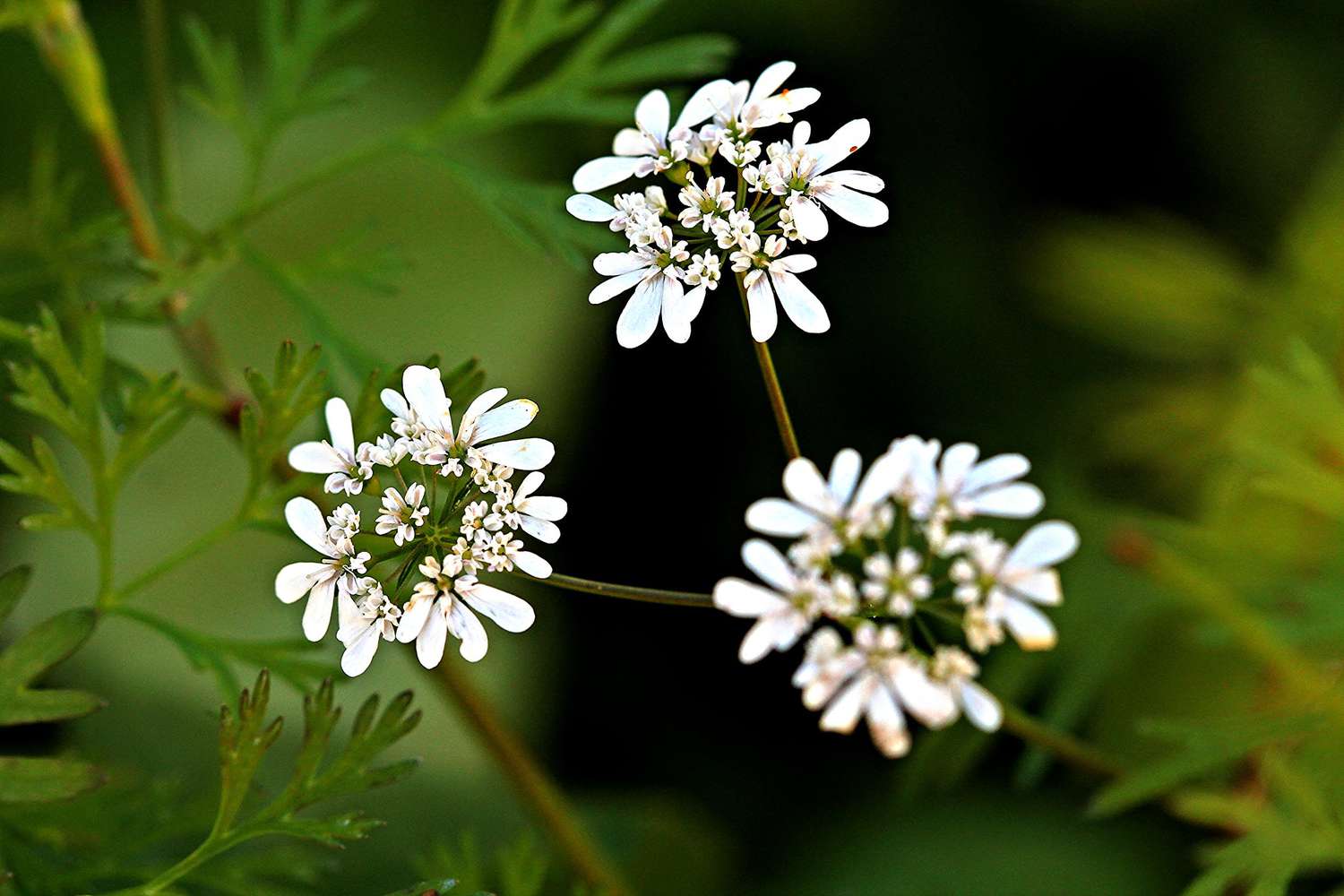
Parsley is a biennial plant that has a lifespan of just two years, even under optimal conditions. Consequently, numerous gardeners treat parsley as an annual crop, planting fresh seeds each spring.
However, parsley can be kept through the winter and can be picked in the spring of its second year if you wish. To gather parsley from its second year, you can either bring the plants indoors for the winter or collect them in early autumn before the cold weather causes the stems to wither.
Outdoor parsley will remain inactive in gardens during the winter and will start to produce new leaves in the spring, whereas indoor varieties can keep growing throughout the winter season.
As soon as parsley begins to sprout fresh leaves in the spring, make sure to regularly cut the stems until the plant begins to flower or bolt. Once the flowering process starts, it’s advisable to gather the whole plant, as bolting can alter the taste of the parsley leaves.
If you’re looking to collect parsley seeds for future cultivation, allow your plants to bloom and then collect the dried seeds once the parsley flowers have withered.
Will parsley regrow after being cut?
Parsley can rapidly regenerate after being cut, provided that the harvesting is done with care. To prevent excessive harvesting, ensure that the plants reach a height of at least 6 inches before you begin. Additionally, refrain from removing more than one-third of the stems from the parsley plant at a time.
Is it advisable to allow parsley to bloom?
Deciding whether to allow parsley to bloom is entirely up to you. Removing flower buds can prolong the availability of parsley leaves for a little while; nonetheless, the flowers can be beneficial for companion planting and will eventually develop into parsley seeds.
Will parsley return each year?
Parsley is a biennial herb, which means it does not return annually like many other herbs. Despite receiving optimal care, it typically has a lifespan of just two years before it produces seeds.

